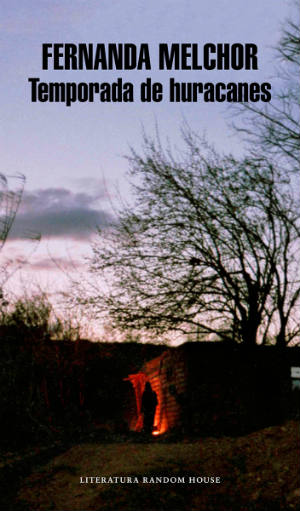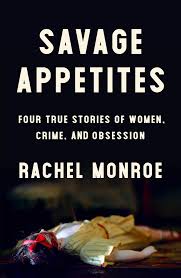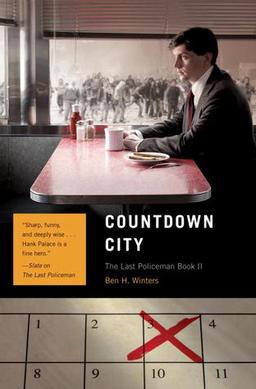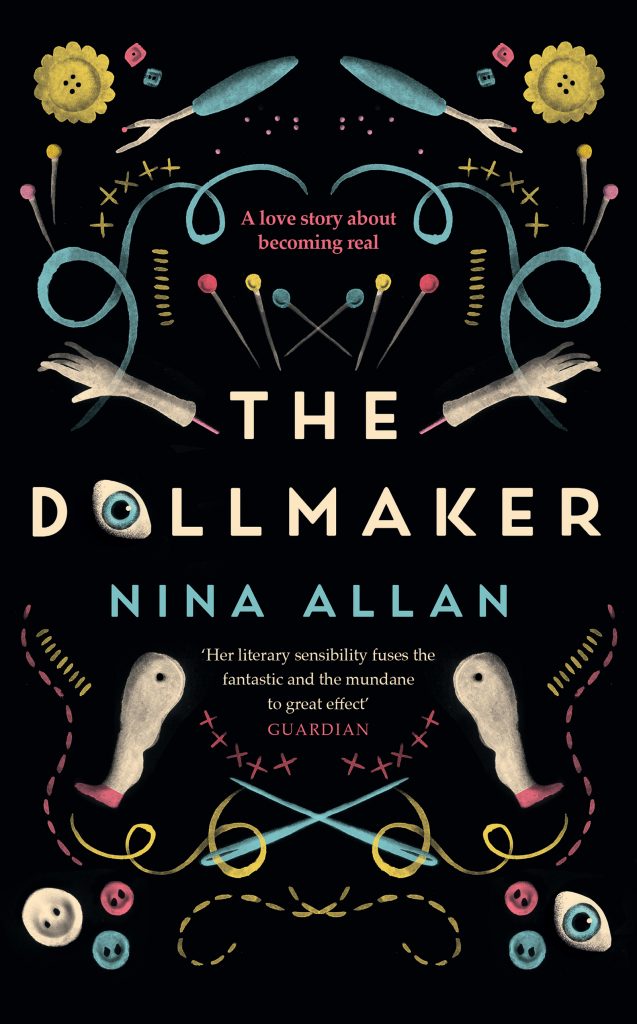The Collini Case by Ferdinand von Schirach translated by Anthea Bell (2012)
He’d always wanted to be a defence lawyer. During his work experience, he had been assigned to one of the large sets of chambers that specialised in commercial law. In the weeks after his exams, he received four invitations to go back there for interviews, but he didn’t go to any of them. Leinen didn’t like those large outfits where up to eight hundred lawyers might be employed. The young men there looked like bankers, had first class degrees and had bought cars they couldn’t afford; whoever could charge clients for the largest number of hours at the end of the week was the winner. The partners at such large practices already had two marriages under their belts, they wore yellow cashmere sweaters and checked trousers at weekends. Their world consisted of figures, posts on directorial boards, a consultancy contract with the Federal government and a never-ending succession of conference rooms, airport lounges and hotel lobbies. For all of them, it was a disaster if a case came to court: judges were too unpredictable. But that was exactly what Caspar Leiner wanted: to put on a robe and defend his clients. And now here he was.
Caspar Leinen is an idealistic young lawyer, recently graduated. When a well known industrialist is brutally murdered in his hotel bedroom, Leinen is called up from the duty roster to act as defence counsel. No one doubts that his client is guilty – Fabrizio Collini called the police himself after committing the murder, then sat passively in the hotel lobby, waiting to be arrested. But why did he kill Hans Meyer? Collini refuses to say anything in his own defence, and the difficulties surrounding the case are compounded when Caspar realises that the murdered man was previously known to him. Should there be a statute of limitation on acts of violence, and if so, who decides when such a statute should come into force? For Caspar Leinen, the Collini case could be the lucky break he needs to get his career started. But how far is he prepared to go in defending a client who killed the grandfather of a close childhood friend?
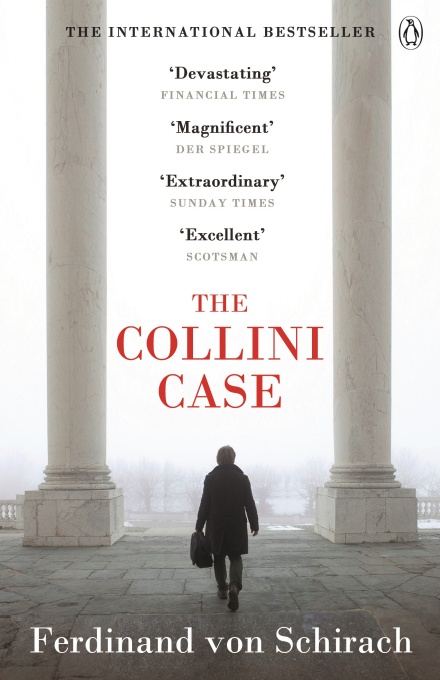
The Collini Case is a very personal book for Ferdinand von Schirach, who himself worked as a defence lawyer before becoming a writer, and whose grandfather was Baldur von Schirach, a prominent Nazi and leader of the Hitler Youth movement. In talking about the background to the novel, von Schirach recalls how learning about his grandfather’s ‘other life’ altered his whole outlook and understanding of who he was and where he came from. He was twelve years old at the time he first saw a photograph of his grandfather in his Nazi uniform. Up until then his grandfather had been simply that – a grandfather, a kind, cultured man who enjoyed the opera and spending time with his family. How could such a person also have been responsible for organising the transport to concentration camps of thousands of Jews?
Ferdinand von Schirach published his first book, Crime, in 2009 at the age of forty-five. Crime, and its 2010 follow-up Guilt are described and sold as fiction but are in fact collections of short vignettes, drawing heavily from incidents and cases encountered by von Schirach in the course of his legal career. Von Schirach’s writing in these stories is cool, controlled, elegant, and I was excited to see what he would do with a longer-form narrative. Von Schirach’s books have achieved bestseller status in Germany, and I felt certain that the personal experiences he was drawing on would be bound to add extra immediacy to what already had the potential to be a compelling storyline.
In fact, I was disappointed. In Crime and Guilt, von Schirach seems to have hit upon the perfect vehicle for both his particular knowledge and his way of conveying it. I would not call von Schirach’s writing bloodless – I would rather say pared-back, sparse, economical. Articulate and engaging without a single word wasted. Time and again while reading The Collini Case I found myself thinking what a brilliant lawyer this man must be and maybe this is the problem. He is so used to holding things back, to slanting the facts in favour of a particular argument – the art of omission. For the writer of short stories, these habits are positively advantageous! Over the longer distance though, this curious inability to let rip can leave the reader feeling uninvolved and unimpressed.
The Collini Case is itself a very short novel – you can read it in two hours. The facts of the case are conveyed with clarity and intelligence. Away from the court room itself, the short descriptive passages are subtly evocative, possessing an almost Chekhovian pathos. Yet in spite of all this, I was left feeling that the author has absolutely no feeling for drama. Every opportunity for conflict within the narrative is neatly sidestepped – the prosecution lawyer Mattinger is a bit of a posh bastard but a bit of a mentor too and by the end he’s offering to take Leiner on as a partner, Meyer’s granddaughter Johanna (sister of Caspar’s childhood friend Philip, conveniently deceased) is shocked and horrified when she first hears that Caspar is going to defend Meyer’s murderer, but ends up understanding completely, helping Caspar find the information that will posthumously reveal her grandfather as a top Nazi and becomes Caspar’s lover into the bargain. Even Collini [SPOILER ALERT!] conveniently commits suicide, meaning that the trial is discontinued and everyone wins.
I wanted more! I wanted the version of The Collini Case that in its length and complexity and depth resembles Thomas Mann’s Buddenbrooks, and it felt all the more frustrating to me, to see how easily such a version could have been achieved. All the material is there – just none of the substance. The Collini Case as it exists reads like the outline of a novel, the pitch for a movie rather than the thing itself.
There’s also a curiously dated tone to some of it. I can’t help wondering if von Schirach now regrets the inclusion of this passage, for example:
The press printed stories about Mattinger’s trials in the past. One was regarded as legendary: a man’s wife had accused him of raping her. There was all the evidence that might have been expected, haematomas on the inside of her thighs, his sperm in her vagina, consistent statements to the police. The man had two previous convictions for actual bodily harm. The presiding judge questioned the wife, he was thorough about it, he spent two hours going over every detail in her statement. Counsel for the public prosecutor’s office had no questions. But Mattinger didn’t believe the woman. His first question was, ‘Would you care to admit that you’ve been lying?’ He began questioning her at eleven in the morning, and the court adjourned for the day at six in the evening… In the end the wife spent fifty-seven days on the witness stand, obliged to answer his questions. On the morning of the fifty-eighth day she gave way and admitted that, out of jealousy, she had wanted to see her husband behind bars.
As a sample case to demonstrate the high moral standing and all-round brilliance of your prosecution lawyer, I think it would be fair to say that this is not the best choice. And remember, Mattinger is meant to be a good guy. (Worrying to think that this novel was written less than a decade ago.)
I liked the court sections, the fine detail of legal practice. This is clearly the arena von Schirach finds most comfortable and it’s interesting to note that it is precisely here – where there might have been a danger of dryness – that the text feels most fully formed. The novel as a whole though needs more drama and more danger, more waywardness.
There is interest and even some pleasure to be had from The Collini Case, but for a story of WW2 atrocities, family secrets and the legacy of violence, its power to excite emotion feels curiously constrained.
